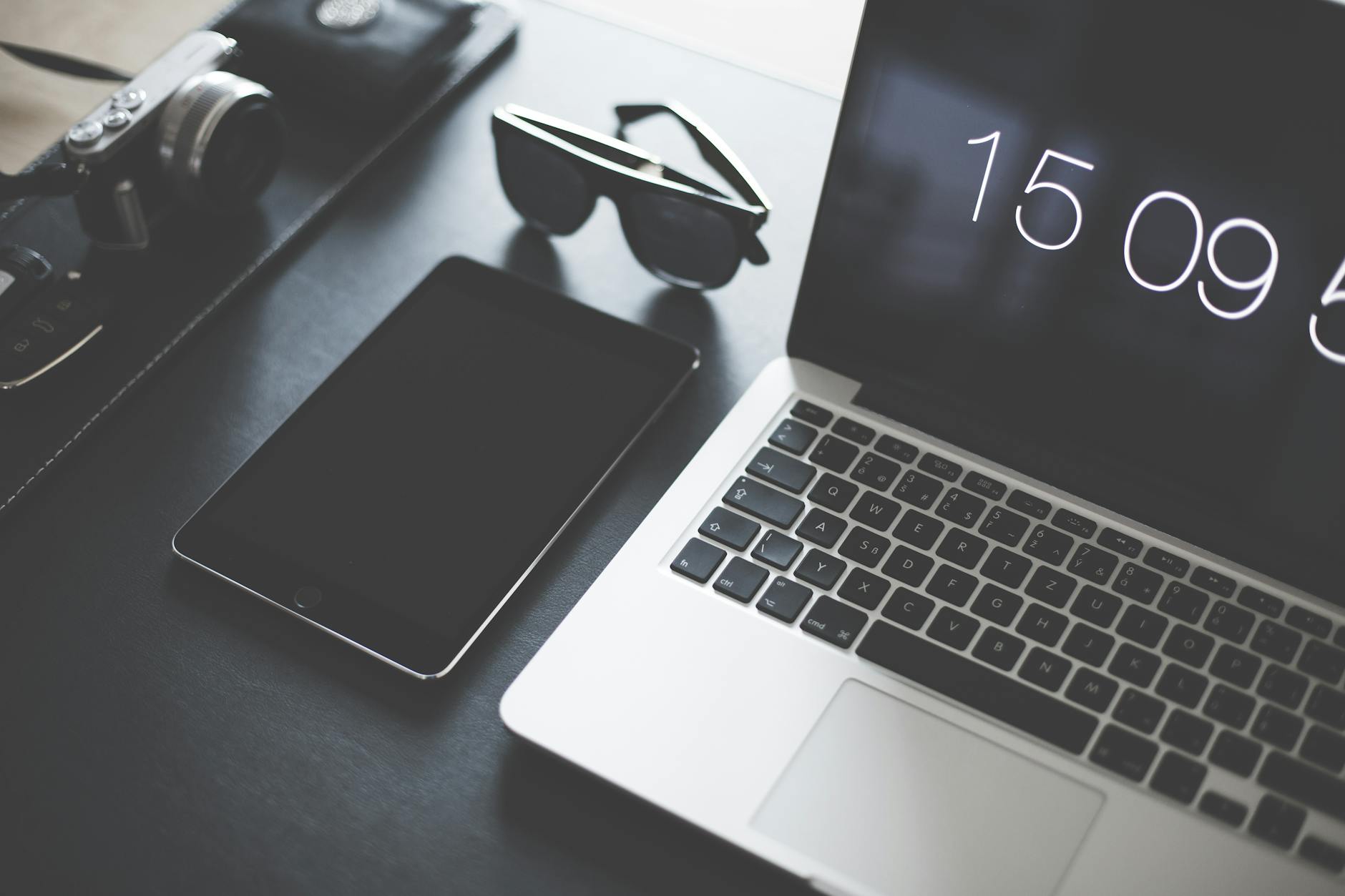What is screen time impact?

What is screen time impact?
In today’s digital world, screen time has become an integral part of our daily lives. Whether we’re working, learning, or simply enjoying entertainment, screens are everywhere. However, the impact of screen time goes beyond just convenience; it can significantly affect our productivity, personal development, and overall work-life balance. Understanding this impact is essential for navigating our increasingly screen-filled lives.
Understanding Screen Time
Screen time refers to the amount of time spent in front of a screen, be it a computer, tablet, smartphone, or television. It encompasses various forms, including recreational and educational use, along with work-related activities.
Types of Screen Time
Screen time can be broadly categorized into several types:
- Social Media: Platforms like Facebook, Instagram, and Twitter can consume hours of our day.
- Gaming: Video games, whether on consoles or mobile devices, can be highly engaging, making it easy to lose track of time.
- Streaming: Watching movies, series, or videos on platforms such as Netflix or YouTube has become a popular pastime.
- Remote Work: The rise of telecommuting has increased the time spent on screens for work.
- Educational Purposes: Online courses and interactive learning tools are gaining popularity in education.
Each of these types can have unique effects on our lives, both positive and negative.
Positive Effects of Screen Time
While excessive screen time can pose risks, it can also offer several benefits, particularly in productivity and learning.
Enhancement of Learning and Communication
Screen time can provide valuable learning opportunities. For example, online classes and educational apps allow you to learn at your own pace, making education more accessible. Additionally, video conferencing tools enable meaningful connections with others, enhancing communication skills. The world has become a global village, and technology facilitates collaboration across distances.
Access to Resources and Tools
Various applications and tools can boost efficiency and productivity. Project management software and productivity apps, like Trello and Asana, help streamline tasks and keep projects on track. You can access countless resources online, from articles to tutorials, that can aid in personal development. For instance, reducing screen time can improve productivity by allowing for more focused work sessions.

Photo by picjumbo.com
Negative Effects of Excessive Screen Time
On the flip side, excessive screen time can lead to various drawbacks affecting both mental and physical health.
Impact on Mental Health
Numerous studies have linked high screen time to mental health issues. Anxiety and depression rates have risen, particularly among youth, as excessive screen exposure can lead to feelings of isolation. A Yale study highlights the connection between screen media activity and these mental health problems. The more time spent on screens, the more likely individuals are to experience stress and anxiety.
Physical Health Consequences
Prolonged screen time can impact physical health as well. Issues like eye strain, poor posture, and a sedentary lifestyle are common. Many people experience discomfort from staring at screens for too long, leading to conditions like digital eye strain. Additionally, as screens often encourage sitting for extended periods, this can lead to obesity and other health problems. According to research, increased screen time is linked to declining physical health.
Managing Screen Time Effectively
To reap the benefits of screen time while minimizing its negative effects, it’s crucial to manage it effectively.
Setting Boundaries and Schedules
One of the first steps is establishing clear boundaries around screen use. Implementing a digital detox on weekends or setting time limits for recreational screen time can be effective. Consider using apps that monitor and limit your screen time, helping you stay accountable. Creating a schedule that balances work and leisure can provide structure and help you stay focused on tasks.
Incorporating Breaks and Physical Activity
Integrating regular breaks into your day is essential. Following the 20-20-20 rule can help reduce eye strain: every 20 minutes, look at something 20 feet away for 20 seconds. Also, consider incorporating physical activity into your routine. A short walk or stretching can refresh your mind and body, enhancing productivity.
Conclusion: Navigating Screen Time Impact
The impact of screen time is complex, intertwining both benefits and drawbacks. While it can enhance our learning and productivity, excessive use can adversely affect our mental and physical health. By understanding and managing our screen time effectively, we can cultivate a healthier balance, allowing us to enjoy the advantages without falling prey to the pitfalls. In this digital age, it’s about finding that equilibrium that works for you.